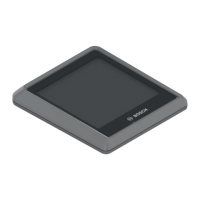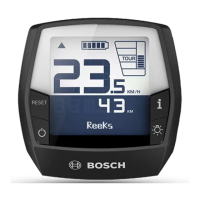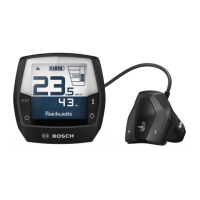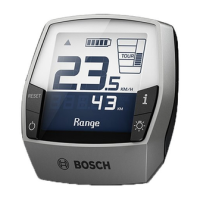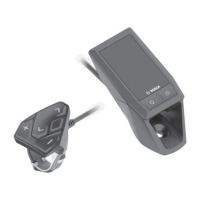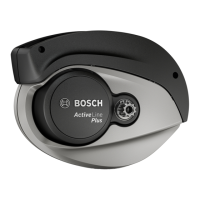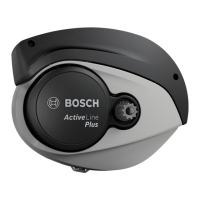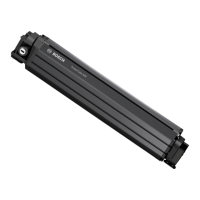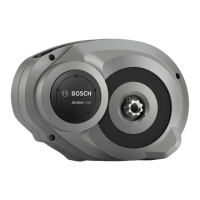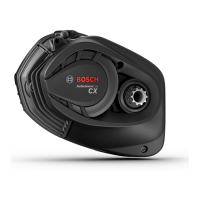MY23P0a -52_1.0_11.10.2022
184
Operation
6.16.3 Adjusting the rear frame damper compression damper
When optimally adjusted, the rear frame damper deflects quickly and unhindered when the bike hits bumps
and absorbs a bump. Traction is retained (blue line).
The saddle rises slightly when absorbing a bump (green line).
Compression adjuster set to hard
• Allows the rear frame damper to move higher in
the deflection range. This makes it easier to
improve efficiency and maintain momentum when
pedalling or riding over uniformly hilly terrain and
around bends.
• Deflection feels somewhat harder on bumpy
terrain.
Compression adjuster set to soft
• Allows the damper to deflect quickly and easily.
This makes it easier to maintain speed and
momentum when riding over bumpy terrain.
• Deflection feels somewhat less hard on bumpy
terrain.
Figure 168: Optimum rear frame damper ride performance over bumps
Threshold
The damping threshold prevents deflection until a
medium impact or downward force occurs.
Threshold mode increases drive efficiency over
level terrain.
The threshold setting can be used to improve
pedalling efficiency over flat, hilly, level or slightly
rugged terrain. In threshold mode, higher pedelec
speeds lead to greater impact force when a
pedelec hits a bump, causing the fork to deflect,
and the bump is absorbed.
Mode Use
1 OPEN Ideal for setting off
The rear frame damper quickly deflects
unhindered through its entire deflection
range.
2 THRESHOLD Ideal for saving energy while riding on
roads and/or for maximum pedalling
efficiency on flat or smooth terrain.
When the threshold is activated, the rear
frame damper counteracts deflection until
a medium bump or downward force
occurs.
3 LOCK Tarmacked roads
(see Section 6.16.1) The locked rear
frame damper counteracts deflection until
a strong impact or upward force occurs.

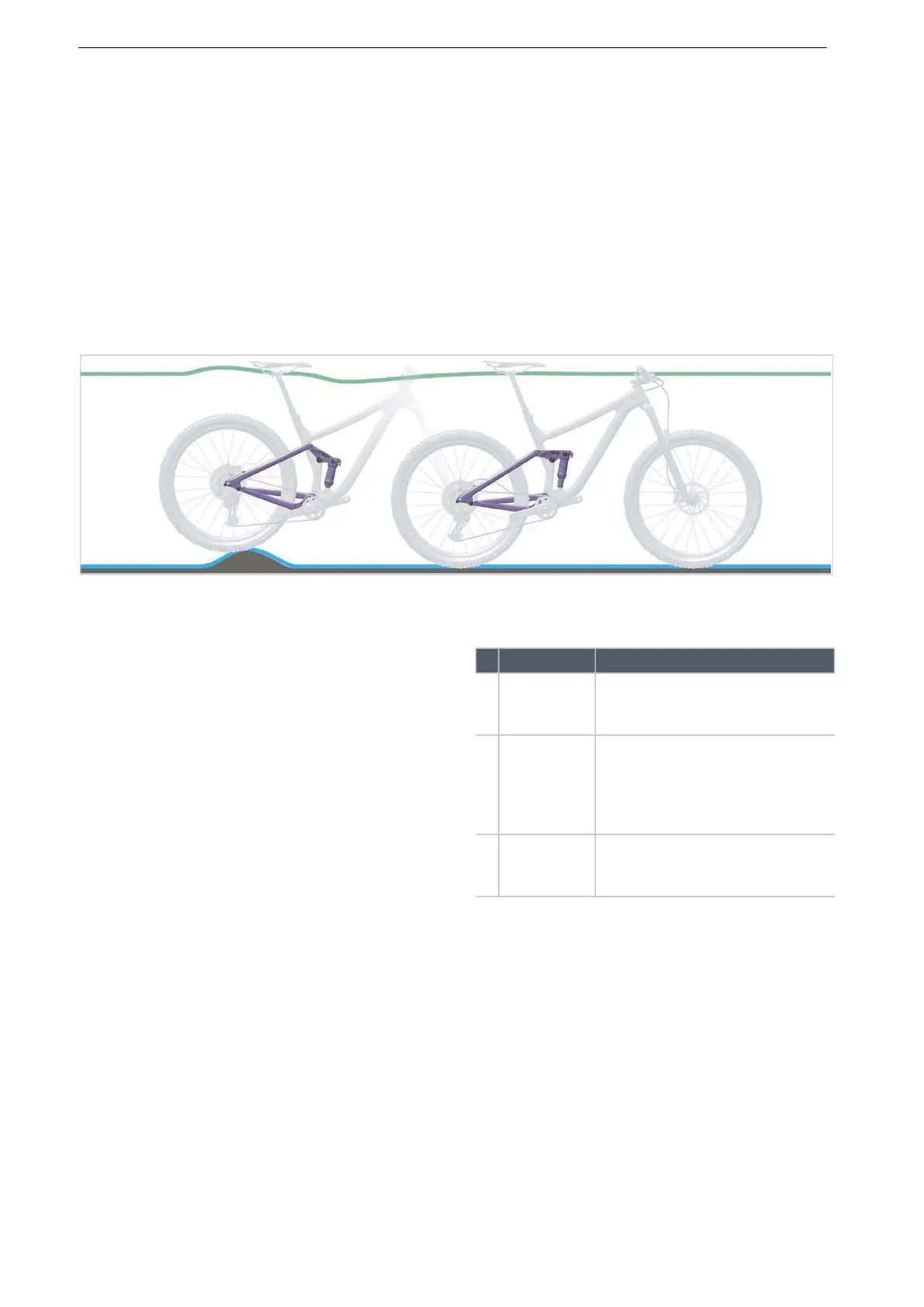